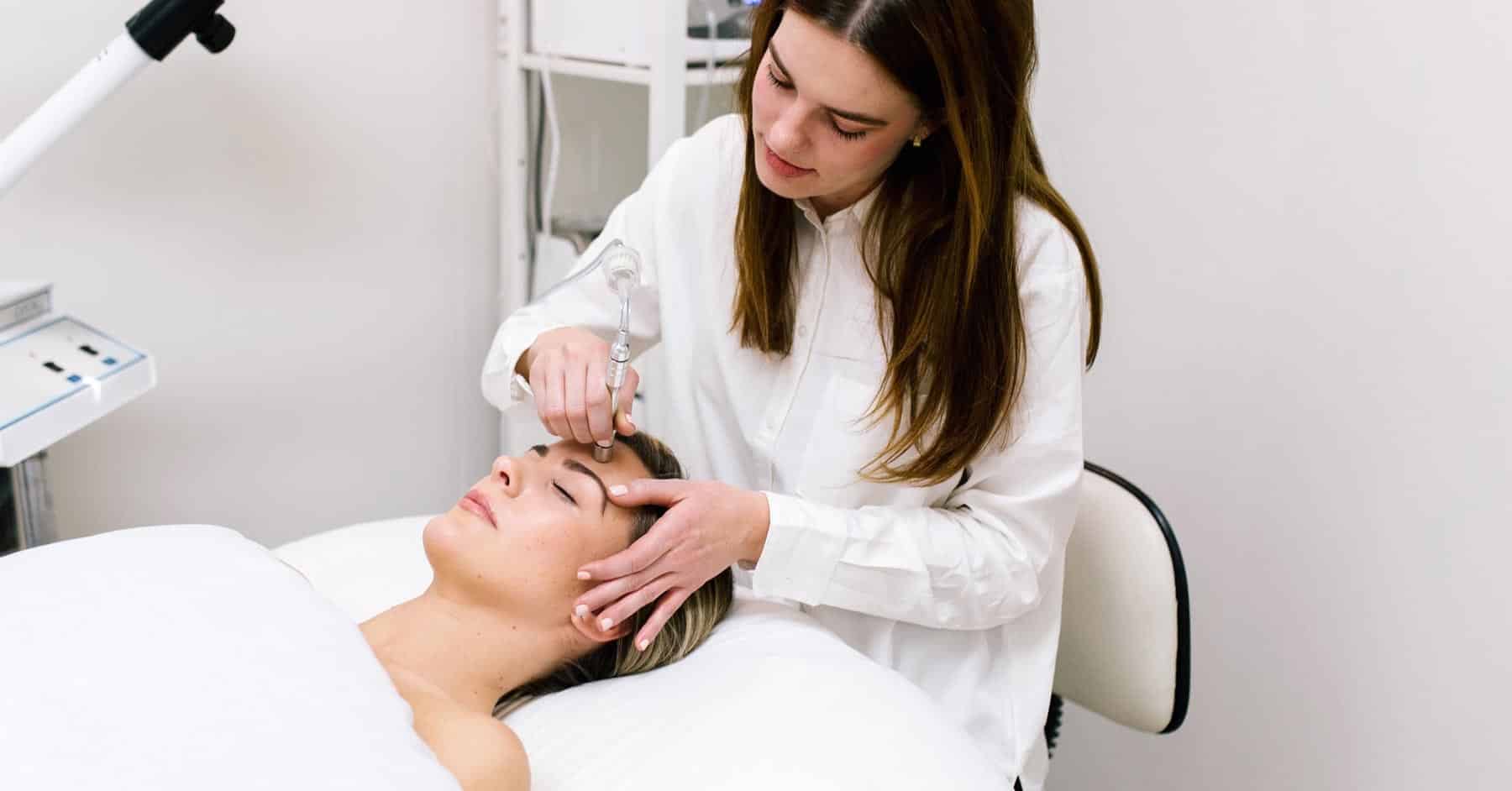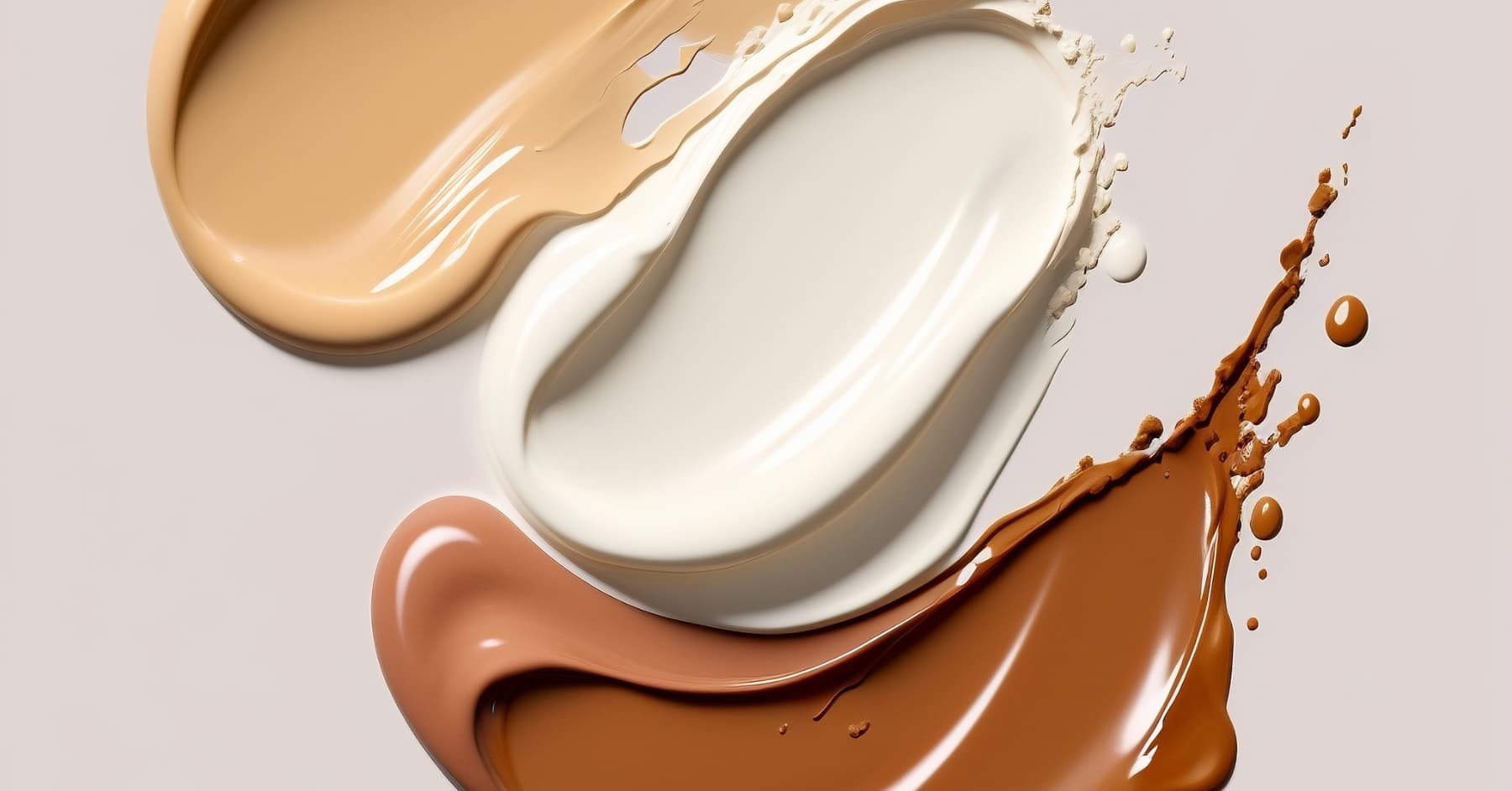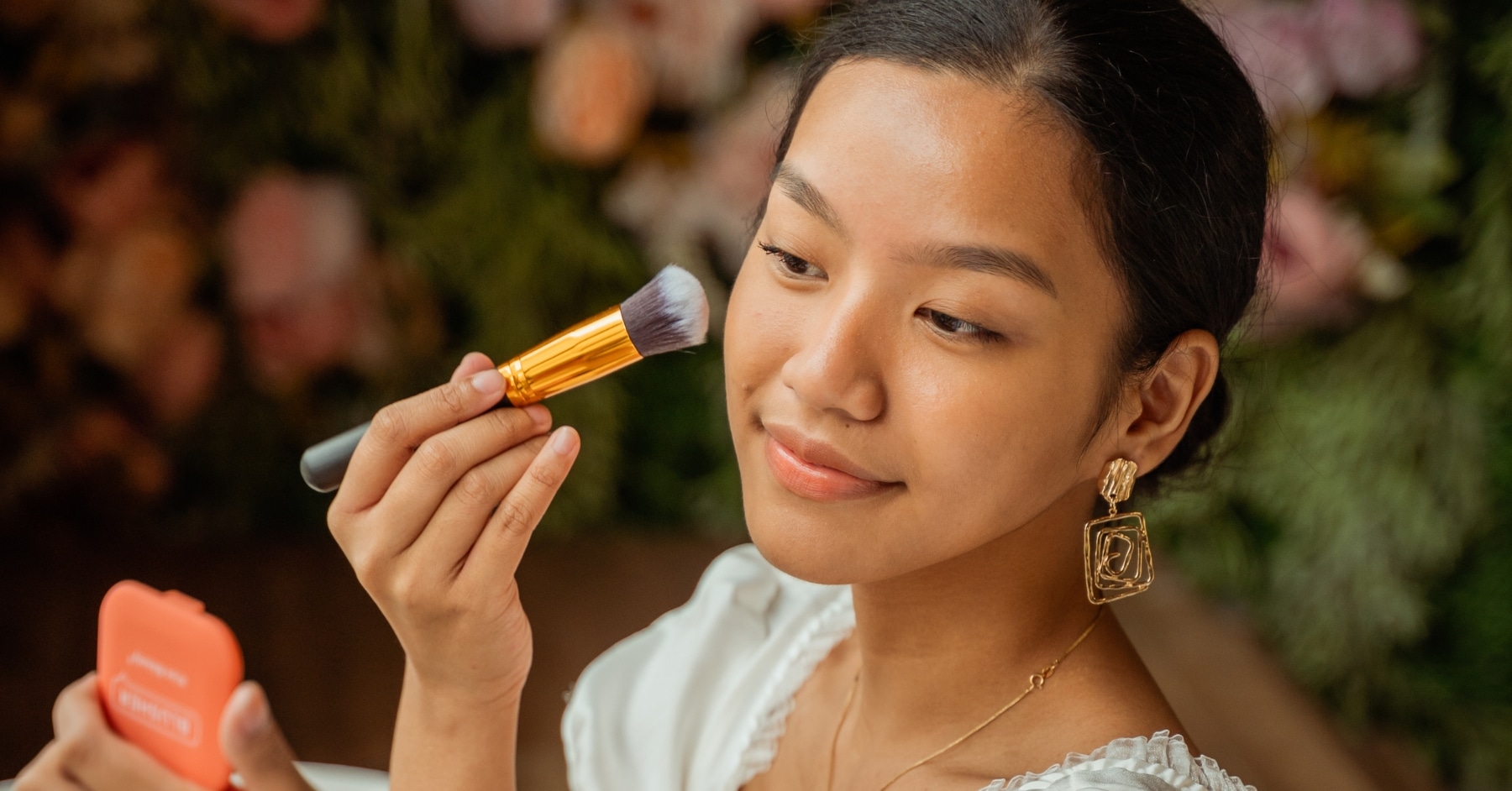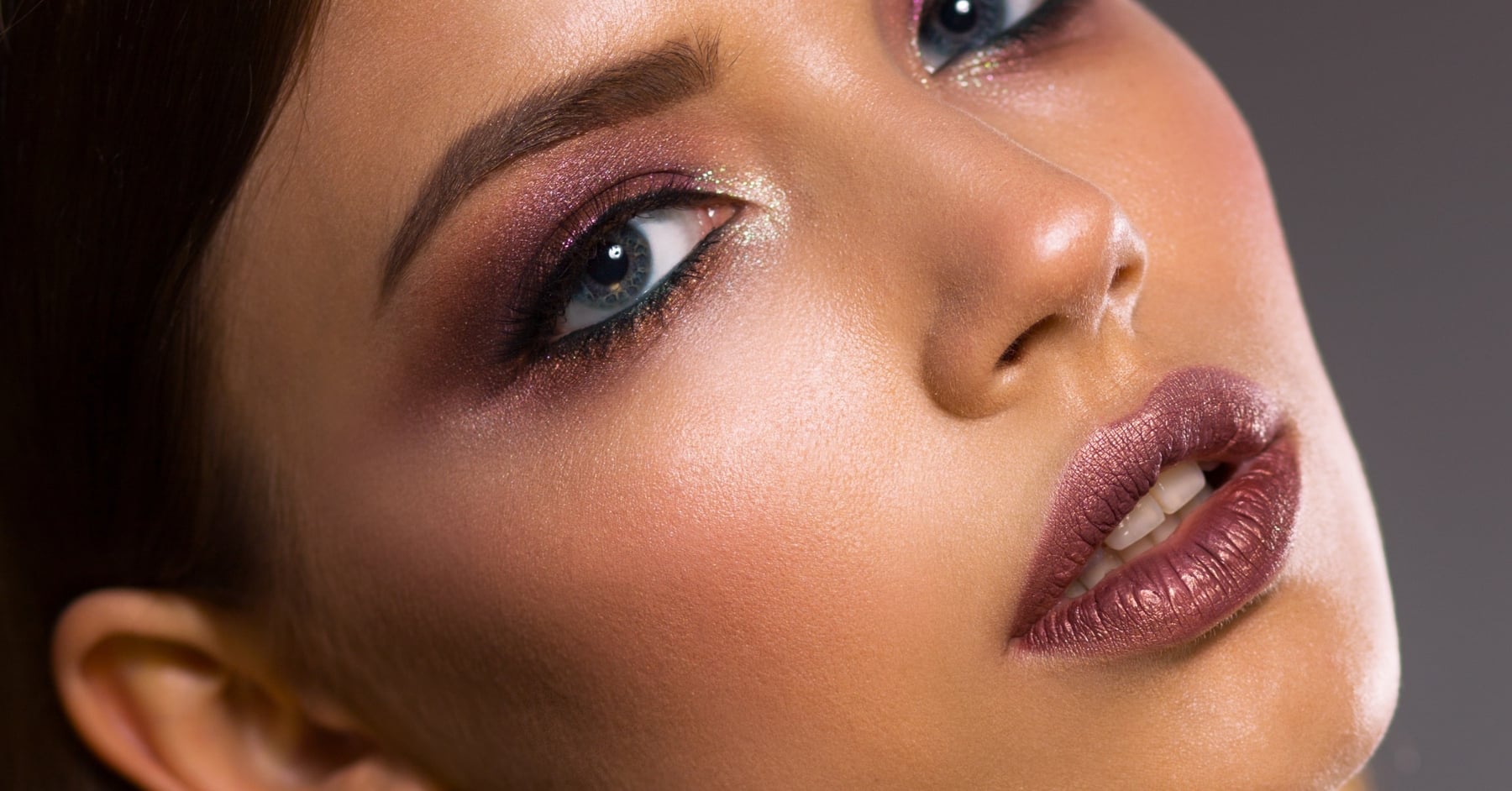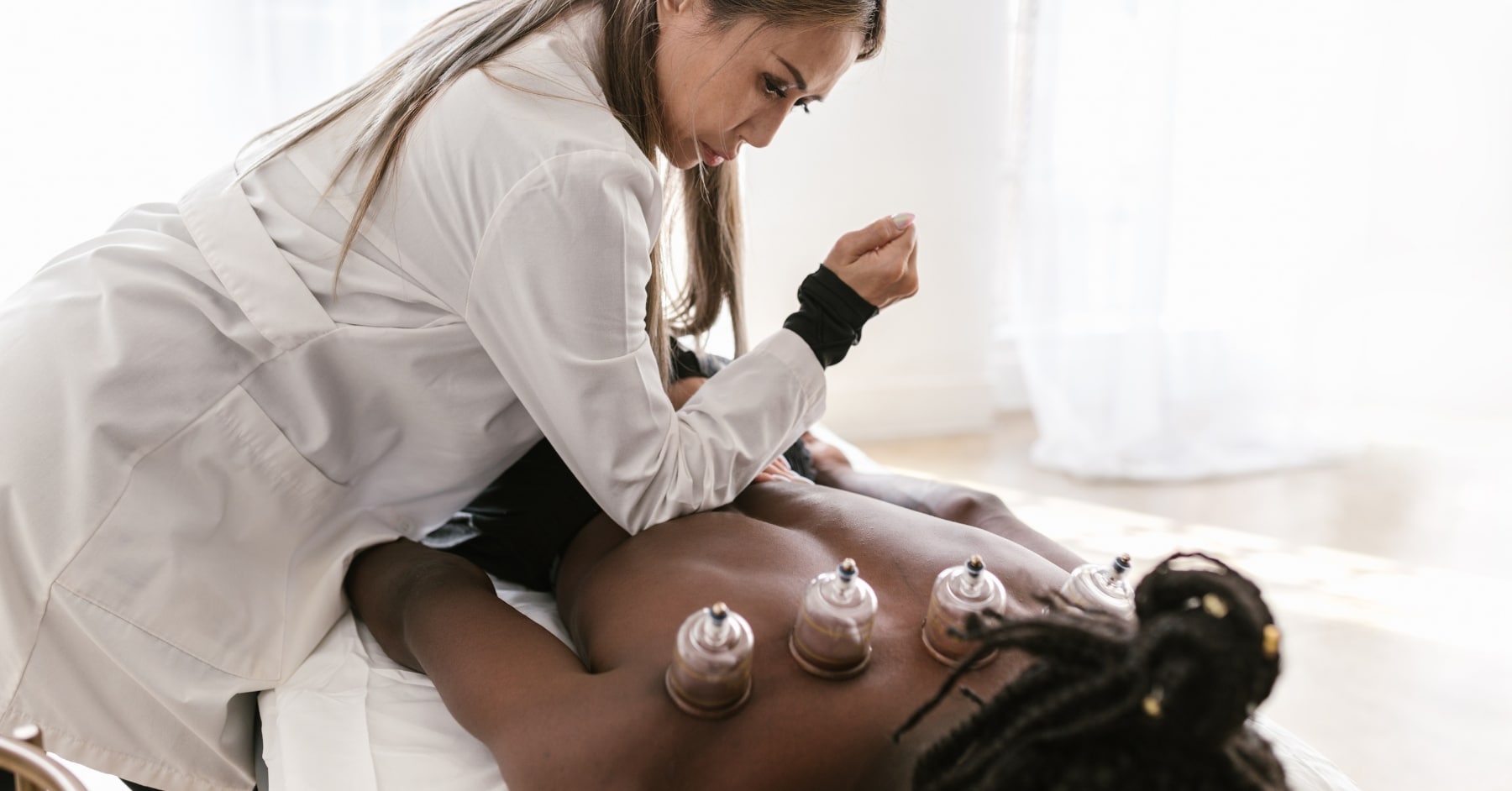Dermal rolling is a cosmetic procedure where thousands of tiny needles are inserted into the surface of your skin by rolling a device over the desired area. Dermal rolling- despite sounding like some weird way to inflict small amounts of pain on ourselves in the name of beauty, it is actually minimally invasive with minimal ‘recovery’ time- which is dependent on the length of the needles. Longer needles… slower recovery.
The intention behind this, is to create microscopic wounds in the skin that induce collagen and elastin production. Collagen is the most abundant protein source found in the human body, which is responsible for holding things together such as skin, muscles, tendons, cartilage and bones.
Research indicates that collagen production slows down as we age, which can result in skin thinning and impaired barrier function (which leads to dry and scaly skin, rough or discolored skin and/or acne to name a few!).
I saw it on TikTok so it must be safe…
Whilst traditional microneedling has been used in cosmetic salons since the early 1990’s – the newer at-home dermarollers have become more and more popular over the last few years due to social media.
There are certainly benefits of dermarolling including reduced wrinkles and stretch marks, reduced acne scarring or skin discoloration, increased skin thickness and facial rejuvenation.
Whilst, this is something that you can do at home, that’s not to say that you should do this at home. As with any at-home beauty procedure, there are cautions, techniques and cleaning protocols that require to be followed strictly. Risk of following such protocols could result in infections and ultimately damage to your skin.
Dermatologists generally recommend that home rolling is done with care, precision and commitment. Dermal rolling is not a ‘quick fix’ and will provide results over time– it is therefore recommended if you are unable to ensure the cleanliness of the device, or the recovery process this may not be for you.
But I am committed to the process!
If you are a diligent, beauty minded individual then there are a few steps to be followed:
1. Clean your skin!
Never use a dermal roller on skin that has not been properly cleaned first
Avoid chemical exfoliants such as Alpha Hydroxy Acids (AHA) and Beta Hydroxy Acids (BHA)’s or benzoyl peroxide
2. Clean the roller!
This part is non-negotiable- alternatively you can soak the roller in 70% + ethyl or isopropyl alcohol for 5 to 10 minutes
The roller also needs to be cleaned following usage (and again, is non-negotiable)
3. Roll it out
Ideally, you want to lightly roll the roller over your face, without any pressure – this could lead to irritation. The needles will penetrate your skin without you pressing down on the roller.
Initially, you will start with going over each area only once. Rollers can be applied to the same area two to four times but this should be gradually increased to avoid irritation.
4. Clean again!
Follow step 2 again
5. Hydrate the skin!
Dermal rolling can cause irritation during the initial uses, it is recommended to use nourishing and hydrating serums and moisturizers. Key ingredients to add to the routine post rolling include: Hyaluronic acid, glycerin, aloe vera, squalene, shea butter, calendula and jojoba oil.
Summary:
In summary, dermal rolling is a new take on an old, trusted dermatology skin procedure made popular in recent years due to social media. Whilst you may be able to swap from one fashion trend to another, skin care is a lot more complicated than our clothing and requires consideration before leaping into something we’ve seen on the internet.
Dermal rolling can assist with products to penetrate the skin much deeper than without, which is great for hyaluronic acids or aloe vera, but not so much for stronger actives like retinoids. As most dermatologists suggest, ensure you are exfoliating, hydrating effectively and it’s likely you won’t need to use dermal rolling. If you do want to- it is recommended that you consult with a trained professional first.
